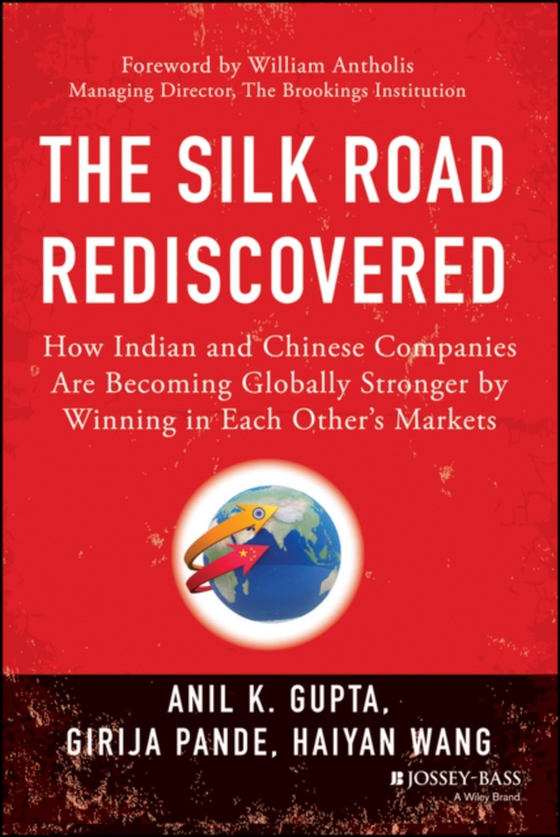
Silk Road Rediscovered e-bog
196,23 DKK
(inkl. moms 245,29 DKK)
A roadmap for understanding the business challenges and opportunities in China By 2025, China and India will be two of the world's four largest economies. By then, economic ties between them should also rank among the ten most important bilateral ties worldwide. Their leaders are well aware of these emerging realities. In May 2013, just two months after taking charge, Premier Li Keqiang left f...
E-bog
196,23 DKK
Forlag
Jossey-Bass
Udgivet
7 april 2014
Genrer
1FKA
Sprog
English
Format
epub
Beskyttelse
LCP
ISBN
9781118895931
A roadmap for understanding the business challenges and opportunities in China By 2025, China and India will be two of the world's four largest economies. By then, economic ties between them should also rank among the ten most important bilateral ties worldwide. Their leaders are well aware of these emerging realities. In May 2013, just two months after taking charge, Premier Li Keqiang left for India on his first official trip outside China, a clear signal of China's foreign policy priorities. The Silk Road Rediscovered is the first book ever to analyze the growing corporate linkages between India and China. Did you know that: India's Mahindra is the fifth largest tractor manufacturer in China? Tata Motors' Jaguar Land Rover unit is the fastest growing luxury auto seller in China? India's NIIT is the most influential IT training brand in China? China's Huawei has its second largest R&D center in Bangalore and employs over 5000 people in India? Shanghai Electric earns its largest revenues outside China from India? As these developments illustrate, pioneering Indian and Chinese companies are rediscovering the fabled Silk Road which joined their nations in ancient times. Winning in each other's markets is also making them stronger and whetting their appetite for further global expansion. This book examines how Indian companies such as Tata Consultancy Services, Mahindra Tractors, NIIT, Tata Motors/Jaguar Land Rover and Sundaram Fasteners have figured out how to win in China. Their experiences may inspire and offer lessons to other Indian companies. The book also examines how Chinese pioneers such as Lenovo, Huawei, TBEA, Haier and Xinxing have made a strong commitment to India and are beginning to realize the fruits of this commitment. The key lessons that emerge from these analyses are: the odds of success go up dramatically when executives adopt a global rather than local-for-local perspective and are skillful at learning on the ground.
 Dansk
Dansk

